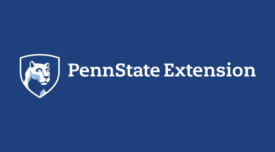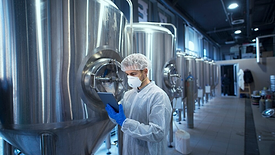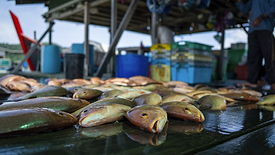Food Type
BIZTRACKS
HPAI, Salmonella, and More Discussed at U of A One Health Summit
October 14, 2024
Never miss the latest news and trends driving the food safety industry
eNewsletter | Website | eMagazine
JOIN TODAY!Copyright ©2024. All Rights Reserved BNP Media.
Design, CMS, Hosting & Web Development :: ePublishing









